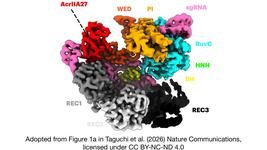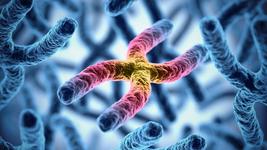Quantum dots improve CRISPR delivery to microglia
CMN Intelligence - The World’s Most Comprehensive Intelligence Platform for CRISPR-Genomic Medicine and Gene-Editing Clinical Development
Providing market intelligence, data infrastructure, analytics, and reporting services for the global gene-editing sector. Read more...
The study tested streptavidin-coated CdSe Qdots for delivering Cas9 ribonucleoproteins (RNPs) in vitro and in vivo, targeting microglia in the frontal white matter of cynomolgus monkeys and Sprague–Dawley rats.
The Qdots were selectively absorbed by microglia, with minimal presence in other cells and no detectable inflammation or toxicity. CRISPR-Cas9 efficiency was not affected by the Qdots, and fluorescence was enhanced for better tracking.
Compared to commercial systems, Qdots showed higher specificity and reduced cytotoxicity. However, further optimisation is needed to improve gene editing efficiency and ensure safety for clinical applications.
The study was led by Seung Hwan Lee and Youngjeon Lee from Chung-Ang University and the University of Science and Technology (UST), respectively, in South Korea. It was published in ACS Applied Nano Materials last week.
To get more CRISPR Medicine News delivered to your inbox, sign up to the free weekly CMN Newsletter here.
Tags
ArticleCMN BriefsCMN HighlightsNewsDeliveryIn vivoRibonucleoprotein (RNP)
CLINICAL TRIALS
Sponsors:
Base Therapeutics (Shanghai) Co., Ltd.
Sponsors:
Base Therapeutics (Shanghai) Co., Ltd.







